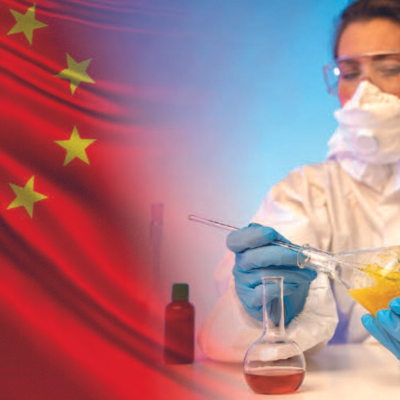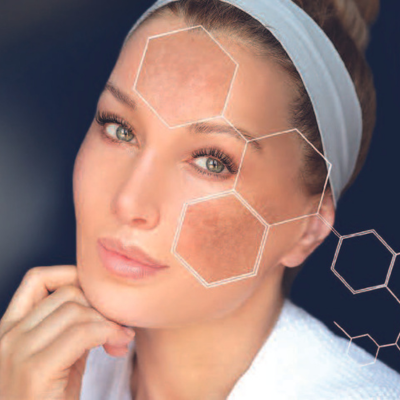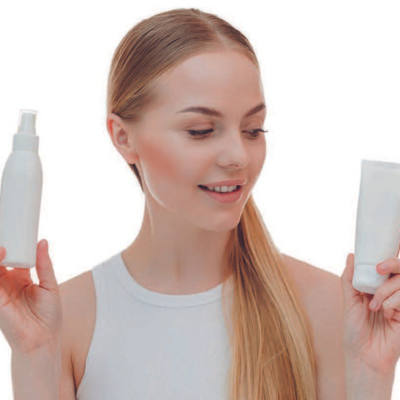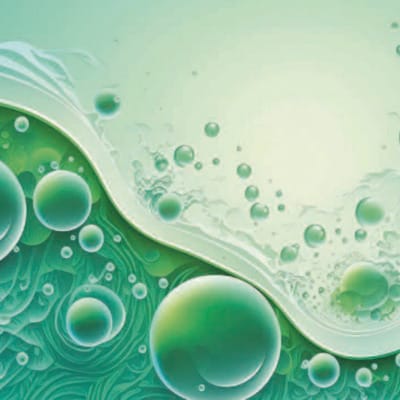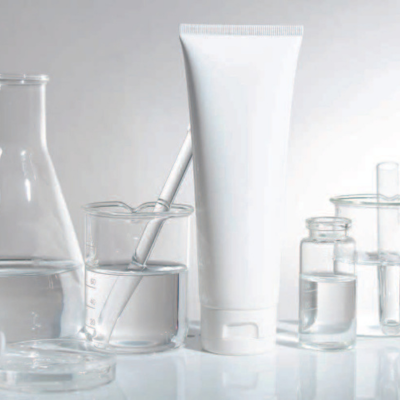On January 1, 2021, the Cosmetic Supervision and Administration Regulation (CSAR) officially came into force, ushering in a new era of cosmetics supervision that prioritizes product safety.
Alpha Hydroxy Acids (AHAs) are organic acids with one or more hydroxyl groups attached directly to the carbon chain at the α-position. AHAs occur naturally in fruits hence popularly known as fruit acids and are also produced synthetically.
Shampoos and conditioners are essential part of routine for the hair care. We developed a general hair routine that includes shampoo and conditioner that have a preliminar performance in two types of hair: treated and natural. We evaluated 8 formulations in laboratory test, and we define two routines, to validate with the both users with natural and treated hair in a home test use. We found the routine 1 with a promissory performance and useful bases of formulation to start new projects in hair care.
The first major change to cosmetic regulatory law since 1938 has been enacted by Congress and signed by President Biden. The FDA has been given new authority under the FD&C Act which sets significant new requirements for cosmetics manufacturers and brand owners. FDA is mandated to promulgate multiple new regulations over the next couple of years that will create sweeping requirements across the cosmetic industry.
Water is key for healthy skin. It supports proper skin metabolism and maintains tissue elasticity and suppleness, and proper skin barrier functions. In fact, our skin is comprised of 70% water, so it’s no wonder that moisturization and hydration are some of the most established claims for recent product launches in beauty and personal care1.
Low Level alternating current (AC) or direct current (DC) microcurrent based treatment devices have been in use for over a century to improve muscle contraction, wound healing, and pain. Over the last decade the microcurrent treatment modality is increasingly being used for improvement of skin appearance, which includes skin tone, elasticity and reducing overall hyperpigmentation on face and body.
The popularity and extent of sustainable ingredients into the formulator toolbox continues unabated. Many chemists and the brands they support are probing away from use of ethoxylated (ETO) surfactants and additives given the current climate and the stigma assigned to these PEGylated compounds.
It is usually admitted that the Cosmetics Regulations worldwide lay down a general rule according to which cosmetic products placed on the market must be safe for human health and offer the performance of their promised claims as long as they are used under normal or reasonably foreseeable conditions of use.
Who does not wish to look beautiful? Beauty covers numerous aspects of skincare, hair care, face care, body care, and so on. Are you having concerns related to your skin, face, hair, or body lately?
The cosmetic industry has been undergoing a significant transformation in recent years, with a strong emphasis on natural ingredients, ethical production, and individualized products. In light of these changes, packaging has become a crucial aspect of the industry, with topics such as minimalist design, reduced impact, and increased use of biobased materials and a better end-of-life becoming increasingly important.
Hair diversity (style, shape, growth pattern or color) is one of the most important features to define us physically.
Therefore, it is no surprise that the market of hair care products with a value of 93.5 billion US $1 (Statistica, September 2020) is one of the most important sectors in the complete area of cosmetic products.
Skin lightening, also referred to as skin whitening, refers to a group of cosmetic procedures used to lighten the skin. In addition to soaps, lotions, creams, and pills, skin whitening products are also available in a variety of other forms. Skin-lightening items like creams, bleaches, deodorants, and other similar items have experienced a rapid expansion in their demand.


